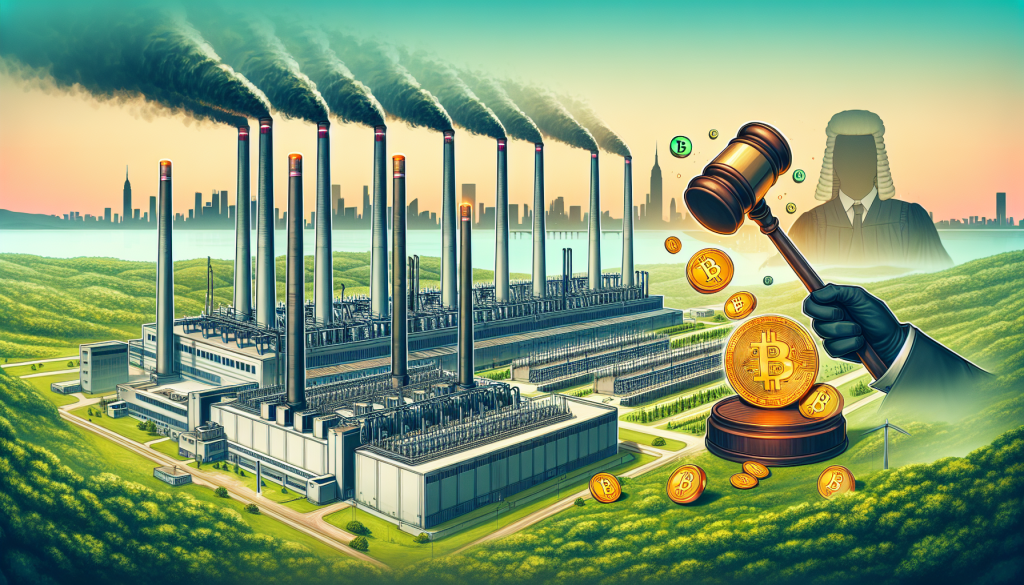Key Points
- Greenidge Generation Holdings Inc. has won a legal battle against New York’s Department of Environmental Conservation.
- The court ruling allows Greenidge to continue its operations at its Dresden, New York facility.
Greenidge Generation Holdings Inc. will maintain its operations at its Dresden, New York location. This follows a successful court ruling against the Department of Environmental Conservation (DEC) of New York.
On November 14, the New York Supreme Court ruled in favor of Greenidge. This overturned the DEC’s denial of a Title V Air Permit for the company.
Judge’s Verdict
Judge Vincent Dinolfo found the DEC’s actions to be “arbitrary and capricious”. He also criticized the department’s interpretation of the Climate Leadership and Community Protection Act. The court concluded that the DEC lacked a rational basis for its decision. This ruling clears the way for Greenidge to operate without interruptions.
The dispute started in August when Greenidge sued the DEC. The DEC had denied the renewal of the air permit, arguing that the facility did not comply with the state’s climate regulations. Greenidge, however, countered that the DEC’s denial was an overreach of its authority and ignored the facility’s compliance with existing laws.
Despite an appeal dismissal in May, Greenidge obtained a four-month operational waiver. This allowed the company to continue its operations until September. The recent court decision ensures the long-term operations of Greenidge.
Political Overreach
Greenidge described the court ruling as a victory for “facts and the rule of law” over what it termed as “politically motivated governmental overreach”. The company underscored its adherence to regulations and its contributions to the local economy. These contributions include the creation of high-tech jobs and electricity generation.
This ruling is Greenidge’s seventh favorable decision on operational matters. The company expressed optimism for future collaboration with the DEC to finalize a new permit that aligns with the court’s decision.
This case highlights the tension between environmental regulations and industrial operations. It shows the balancing act New York must perform between achieving its climate goals and promoting economic development.
